Rising Healthcare Costs
The escalating costs associated with healthcare services in the US are driving the healthcare payer-services market. As expenditures continue to rise, payers are compelled to seek innovative solutions to manage these costs effectively. In 2025, healthcare spending is projected to reach approximately $4.5 trillion, which represents a significant increase from previous years. This financial pressure encourages payers to adopt advanced technologies and streamlined processes to enhance operational efficiency. Consequently, the healthcare payer-services market is likely to experience growth as organizations strive to balance cost management with quality care delivery.
Regulatory Compliance Requirements
The healthcare payer-services market is significantly influenced by the evolving regulatory landscape in the US. Compliance with regulations such as the Affordable Care Act (ACA) and the Health Insurance Portability and Accountability Act (HIPAA) necessitates that payers invest in robust systems and processes. In 2025, the costs associated with compliance are expected to account for nearly 10% of total healthcare expenditures. This regulatory environment compels payers to enhance their service offerings and operational capabilities, thereby driving growth in the healthcare payer-services market as organizations seek to navigate complex compliance requirements.
Technological Advancements in Healthcare
Technological innovations are reshaping the healthcare payer-services market, as advancements in artificial intelligence, machine learning, and blockchain technology offer new opportunities for efficiency and improved service delivery. In 2025, it is estimated that the integration of AI in healthcare could save the industry up to $150 billion annually. These technologies enable payers to streamline claims processing, enhance fraud detection, and improve patient engagement. As a result, the healthcare payer-services market is likely to expand as organizations leverage these advancements to enhance their operational capabilities and service offerings.
Growing Demand for Personalized Healthcare
The increasing demand for personalized healthcare solutions is a key driver of the healthcare payer-services market. Patients are seeking tailored services that cater to their individual health needs, which compels payers to adapt their offerings accordingly. In 2025, it is anticipated that personalized medicine will account for approximately $350 billion in the US healthcare market. This shift towards individualized care requires payers to invest in data analytics and patient engagement strategies, thereby fostering growth in the healthcare payer-services market as organizations strive to meet evolving consumer expectations.
Aging Population and Chronic Disease Prevalence
The aging population in the US, coupled with a rising prevalence of chronic diseases, is significantly impacting the healthcare payer-services market. By 2025, it is projected that nearly 20% of the US population will be over 65 years old, leading to increased healthcare utilization. Chronic diseases such as diabetes and heart disease are becoming more common, necessitating comprehensive care management solutions. This demographic shift compels payers to enhance their service offerings and invest in care coordination, thereby driving growth in the healthcare payer-services market as organizations adapt to the changing healthcare landscape.


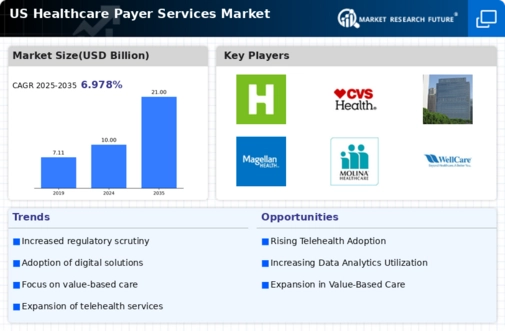
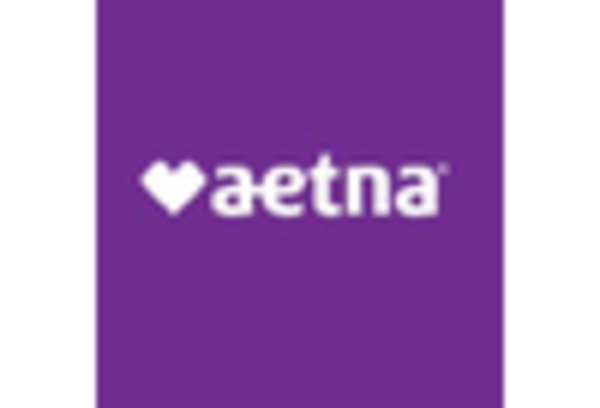

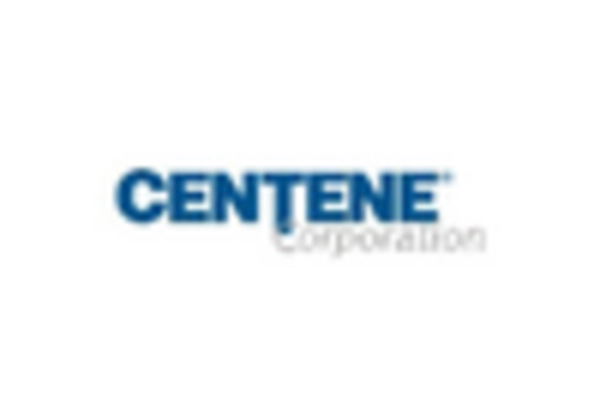
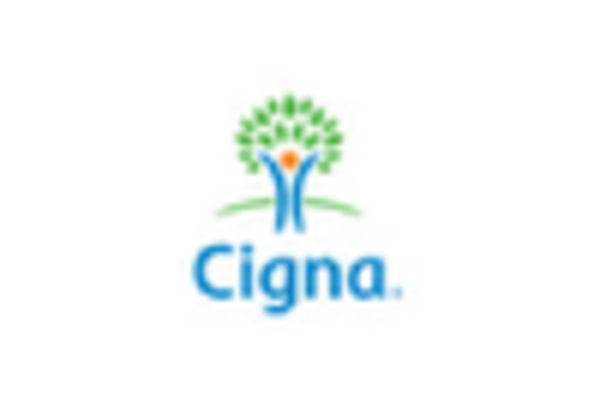
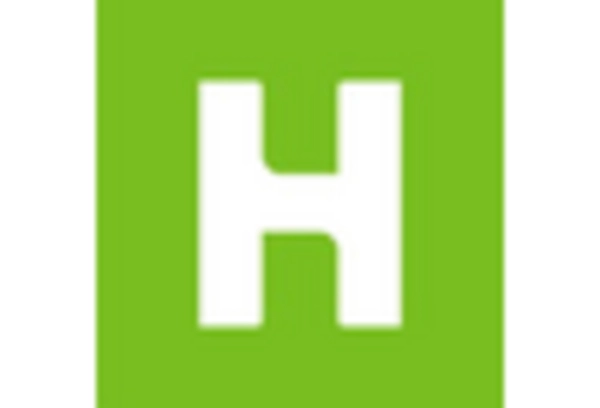
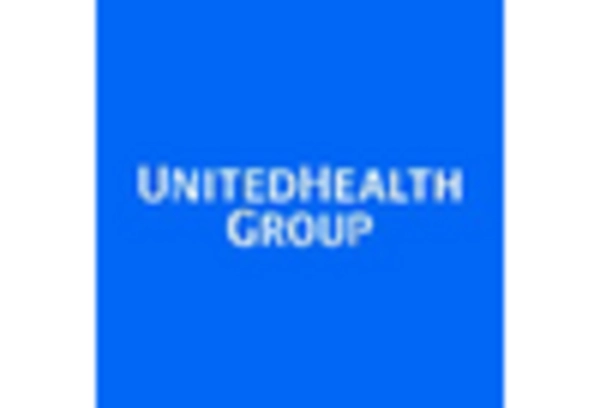








Leave a Comment